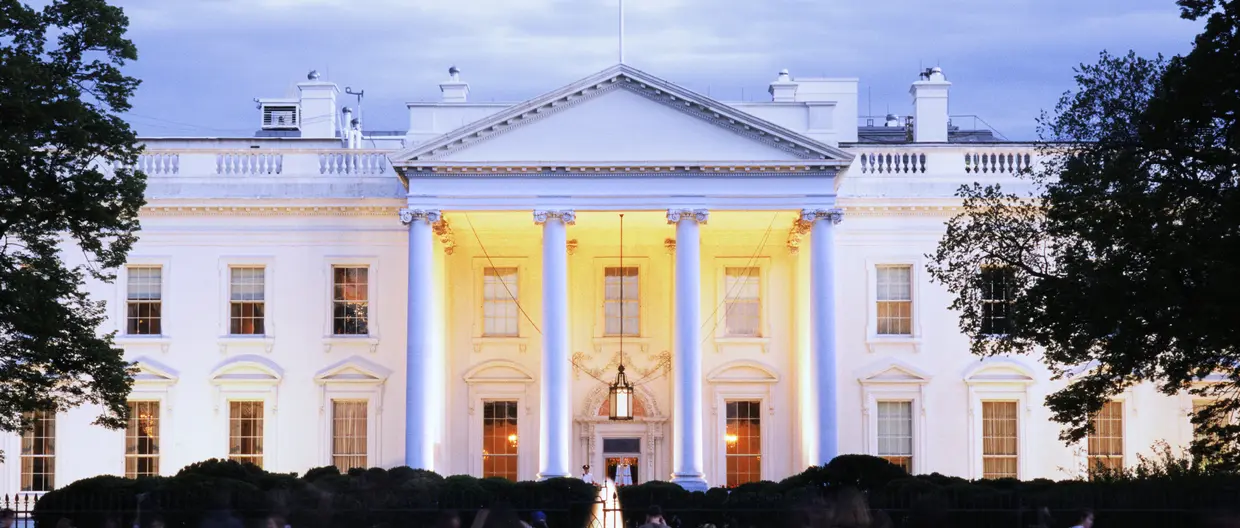Summary
Trump will return to the White House, with a red sweep of the Senate and House likely. Financial markets reacted by extending popular "Trump trades".
Key points
- Election result: Former President Donald Trump will return to the White House for the next four years and, with the Republican party also taking the Senate and possibly the House, a “red sweep” is the most likely outcome. Financial markets reacted by extending popular “Trump trades” – pushing up bond yields, the US dollar and equity futures – as investors assign higher odds of Trump turning policy proposals into reality1.
- Policy and impact: We think the new President may prioritise tariff and immigration policies over tax cuts, as these can be implemented through executive orders without congressional approval. The sequence of policy implementation will be key to assessing the growth and inflation impact. Tariffs will act as a negative supply shock to the economy, increasing stagflation risk – the magnitude of this will depend on the eventual level of tariffs.
- Global spillovers: Full implementation of Trump’s far-reaching tariff proposal will leave no winners in a world of heightened trade uncertainty and protectionism. The transatlantic relationship may suffer from rising economic tensions, which could spill over into other areas of cooperation. Asia could be the hardest hit, with China bearing the brunt. However, Beijing has options to cushion the shock, through negotiation - for example towards areas where the US has a strong dependency such as pharmaceutical components and rare earth elements - currency depreciation, and trade re-routing.Tackling the external challenge alongside a slowing domestic economy will require considerably more policy decisiveness and boldness than seen to date. The large and domestically-oriented economies of India and Indonesia are better insulated.
- Investment implications: Higher inflation and a more hawkish Fed will pose risks to fixed income investments, while supporting the dollar in the short term. Tighter financial conditions will be transmitted across the globe, with Asian markets particularly vulnerable given the added shock from higher tariffs. US equities will be buffeted by conflicting forces, but deregulation and industrial policies under Trump 2.0 will likely benefit sectors such as banks and small/mid-caps.
Read more

